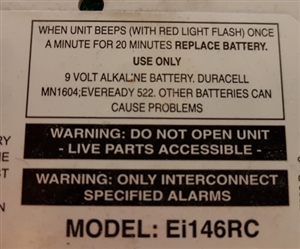

Alan Capon:
... he waves for longer with Duracell batteries, compared to any other brand we have tried . . .
This was the basis of Duracell adverts back in the 80's. I have never forgotten the Spitting Image sketch with Reagan jogging alongside Brezhnev, Andropov, Chernenko and two others with the voice-over "We put Duracell batteries in one of these presidents and ordinary batteries in the others....".
Alasdair
We're about to take you to the IET registration website. Don't worry though, you'll be sent straight back to the community after completing the registration.
Continue to the IET registration site